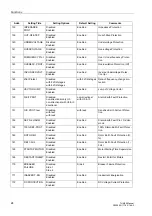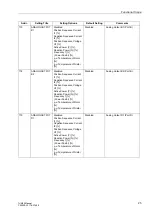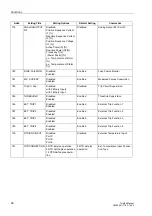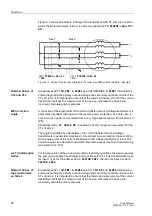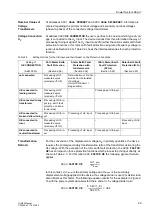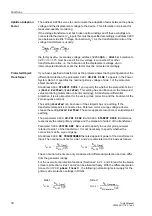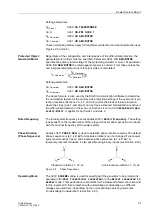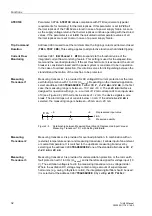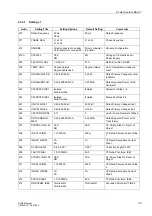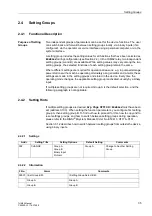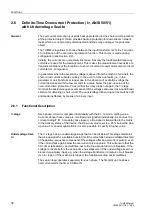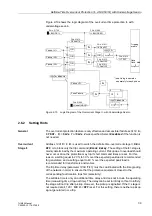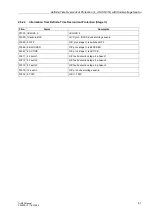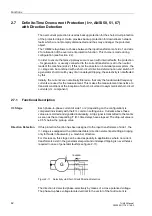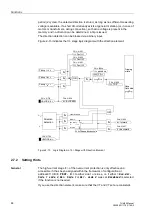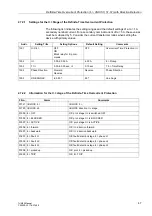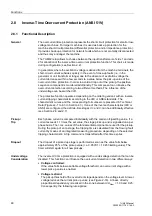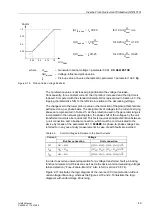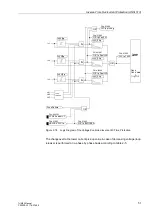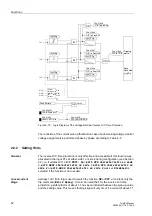
Functions
38
7UM62 Manual
C53000-G1176-C149-3
2.6
Definite-Time Overcurrent Protection (I>, ANSI 50/51)
with Undervoltage Seal-In
General
The overcurrent protection is used as backup protection for the short-circuit protection
of the protected object. It also provides backup protection for downstream network
faults which are not promptly disconnected and thus may endanger the protected
object.
The 7UM62 relay allows to choose between the input transformers of side 1 and side
2 for allocation of the overcurrent protection function. This choice is made during
configuration (see Section 2.2).
Initially, the currents are numerically filtered so that only the fundamental-frequency
currents are used for the measurement. This makes the measurement insensitive to
transient conditions at the inception of a short-circuit and to asymmetrical short-circuit
currents (d.c. component).
In generators where the excitation voltage is derived from the machine terminals, the
short-circuit current subsides quickly in the event of close-up faults (i.e. in the
generator or unit transformer range) due to the absence of excitation voltage the
current decreases within a few seconds to a value below the pick-up value of the
overcurrent time protection. To avoid that the relay drops out again, the I> stage
monitors the positive-sequence component of the voltages and uses it as an additional
criterion for detecting a short-circuit. The undervoltage influencing can be switched off
and made ineffective by means of a binary input.
2.6.1
Functional Description
I> stage
Each phase current is compared individually with the
common setting value.
Currents above these value are recorded and signalled individually. As soon as the
corresponding
time delay has elapsed, a trip signal is transmitted to the matrix.
In the delivery status of the device, the drop-out value is set to ± 95 % below the pick-
up value. For special applications, it is also possible to specify a higher value.
Undervoltage Seal-
In
The I> stage has an undervoltage stage that can be disabled. This stage maintains
the pick-up signal for a settable seal-in time if the value falls below a settable threshold
of the positive-sequence component of the voltages after an overcurrent pickup - even
if the current falls again below the overcurrent pick-up value. This will ensure that the
50-1 timer is sealed in, and will time-out to trip the associated circuit-breakers. If the
voltage recovers before the seal-in time has elapsed or if the undervoltage seal-in is
blocked via a binary input, e.g. when the voltage transformer miniature circuit breaker
(m.c.b.) trips or if the machine is tripped, the function will drop out immediately.
The seal-in logic operates separately for each phase. The first pickup of a phase
overcurrent starts the timer T-SEAL-IN.

